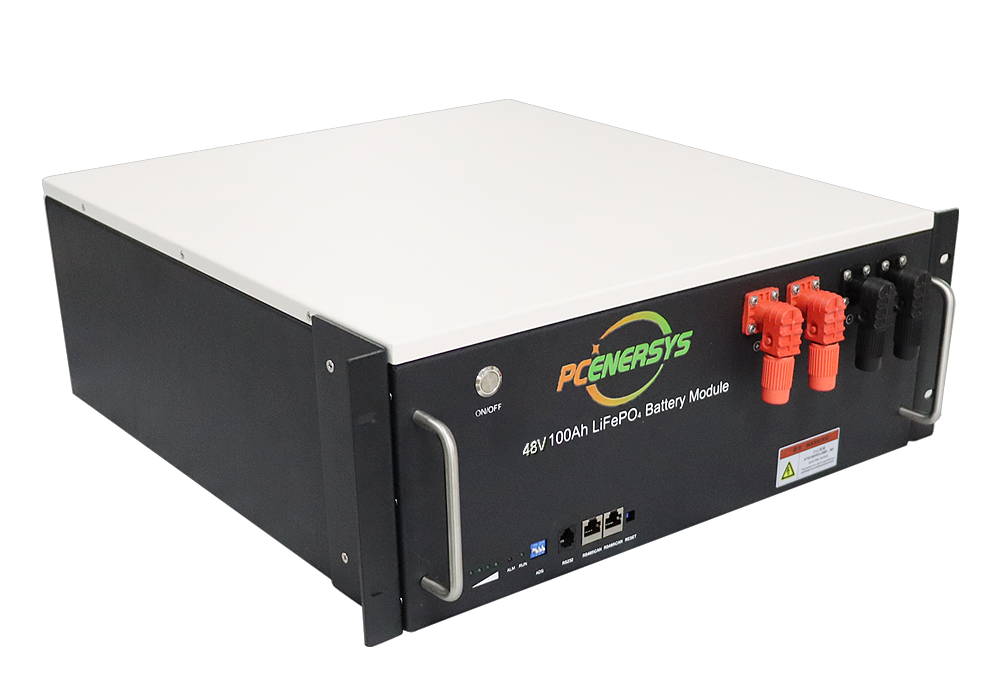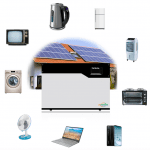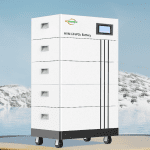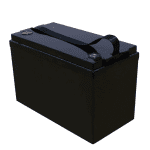The safety of 48V 100ah lithium-ion batteries is one of the necessary concerns in our daily use, and tips for maintaining safety cannot be ignored because of their advantages. In this article, we will list 5 primary points to give you the essential tips for keeping a 48V 100ah lithium-ion battery safe so that you can better maintain the battery’s life during use.
48V 100ah Lithium Ion Battery Charging Best Practices
You must adhere to the manufacturer’s recommended charging parameters, including voltage and current limits, and avoid exceeding the specified voltage by using a high-quality charger with a charging configuration compatible with lithium-ion chemistry. We can implement a step-by-step charging method and avoid fast charging at high currents; usually, their standard charging voltage is 54.7v, and the average charging current is 20A, as this generates heat and stresses the battery. A controlled and slower charging rate minimizes heat generation and maintains a more stable and efficient charging process.
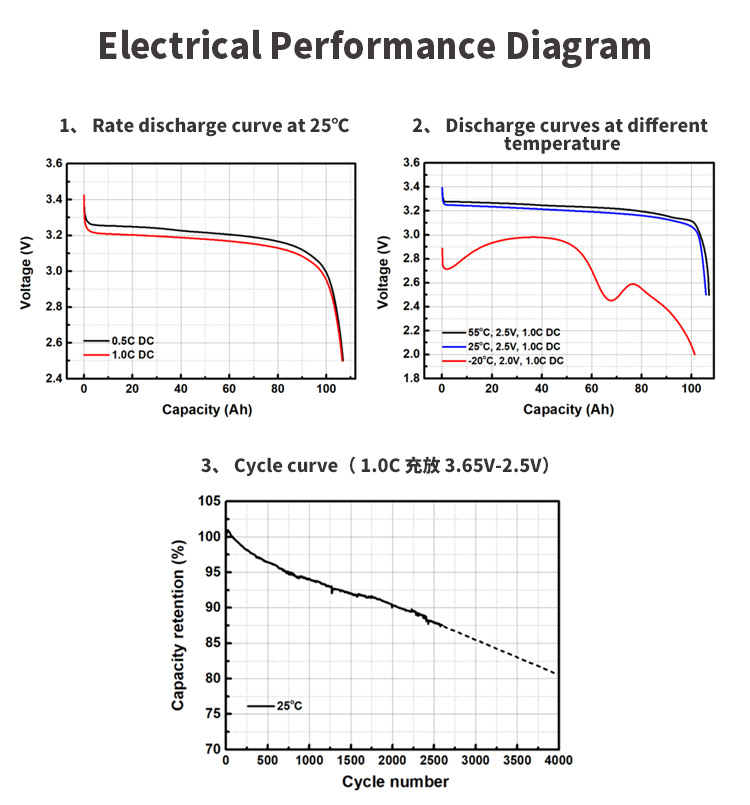
48V 100ah lithium-ion battery temperature management
We must understand that high temperatures will accelerate chemical reactions inside the battery, leading to thermal runaway, degradation, and even safety hazards. And 48V 100Ah lithium-ion batteries are sensitive to temperature changes, so we need to keep them within the appropriate range. On the other hand, extremely low temperatures can hinder the battery’s electrochemical processes, reducing its capacity and overall performance.
So, if we implement a thermal management strategy, choose the appropriate operating temperature range. Usually, the specified charging, discharging, and overall operating temperature range of a 48V 100Ah lithium-ion battery is charging: 0~60℃; discharging: -10℃~65℃. Complying with this standard ensures that the battery operates under optimal conditions. We can also incorporate insulation or cooling systems into the battery design to dissipate excess heat generated during charging or discharging. If conditions permit, we can also use temperature sensors and control systems to monitor battery temperature in real-time and adjust the charge or discharge rate immediately if the temperature approaches critical levels. This proactive approach prevents the battery from reaching extreme temperatures.
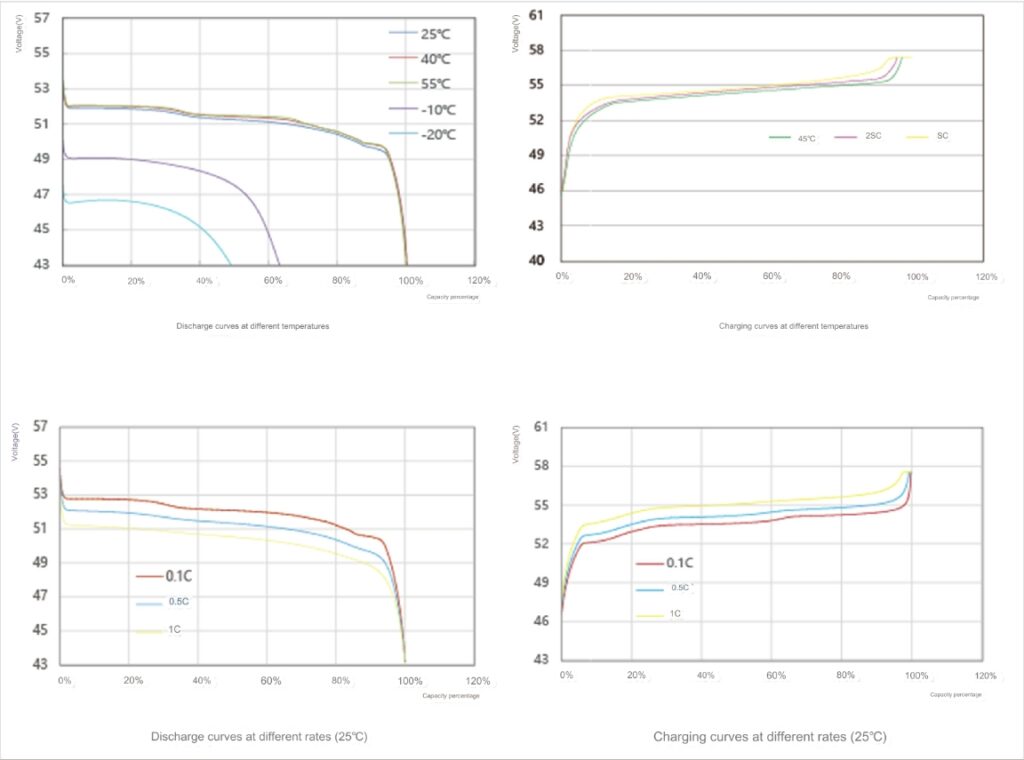
48V 100ah lithium-ion battery storage strategy
People often overlook effective storage strategies for 48V 100Ah lithium-ion batteries when not in use. First, assess the state of charge before storage. Ideally, a battery’s state of charge is typically between 40% and 60%. This range minimizes stress on the battery. The next step is to store the battery in a relaxed, dry environment. Temperatures too extreme, high or low, will accelerate aging and negatively affect the battery’s capacity. During storage, disconnect the battery from any attached devices or systems. This prevents parasitic loads from slowly draining the battery over time. Finally, don’t forget to monitor the battery’s state of charge regularly during storage. Maintenance charging procedures can be implemented if the charge level is below the recommended range. Regular charging helps compensate for self-discharge and ensures the battery remains at the desired state of charge.
Discharge strategy
A correct and safe discharge strategy can maximize energy utilization while protecting the battery from damage. The most essential point is to limit discharge according to the specifications provided by the battery manufacturer to avoid over-discharge. Rapid discharge rates should be minimized as high currents generate heat and stress the battery. Balanced discharge helps maintain a stable temperature, ensuring battery life. If possible, leverage the capabilities of the BMS to monitor and control discharge parameters. When voltage levels approach critical limits, the BMS protects the battery by disconnecting the load to help prevent over-discharge. If multiple cells or modules are used, implement an intelligent load management system that adjusts discharge rates based on real-time demand to ensure load balancing, prevent individual cells from being overstressed, and maintain uniform performance across the entire battery.
Establish good maintenance habits!
The first essential practice in establishing good maintenance habits is regular charging. Keeping the charge level of the 48V 100Ah lithium-ion battery between 20% and 80% benefits overall health. This reduces stress on the battery by avoiding extreme charge or discharge levels. Adding regular inspections and preventative measures to monitor for signs of physical damage and address issues promptly can prevent more severe problems from occurring. One of the most innovative approaches now is to use BMS to monitor and control various battery parameters to provide users with intelligent strategies for charging, discharging, and overall battery health.
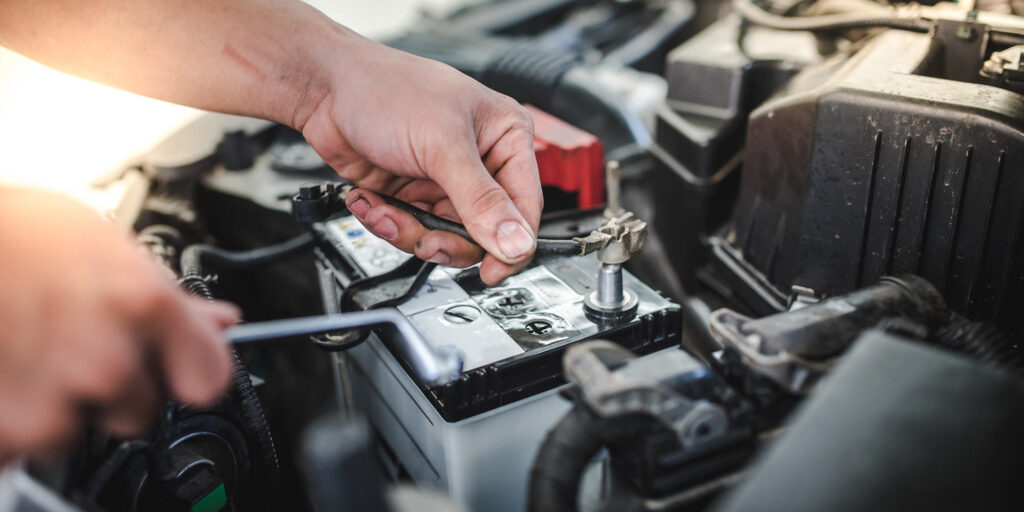
Ultimately
Keep 48V 100ah lithium-ion batteries safe by implementing optimal charging, temperature management, storage, and discharge strategies and establishing good maintenance habits. We hope this guide will enable more users to maintain their home batteries better and avoid safety accidents.

